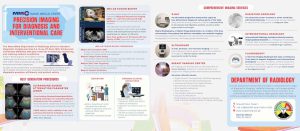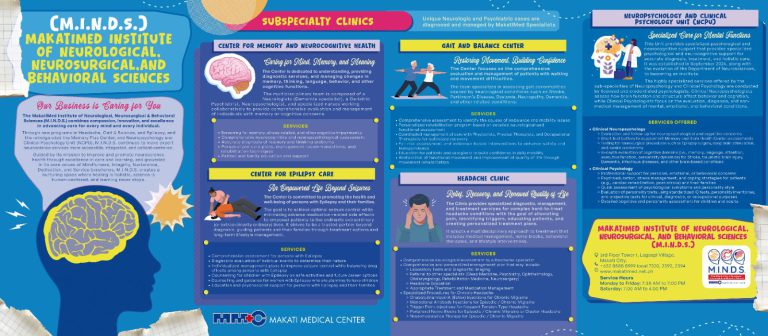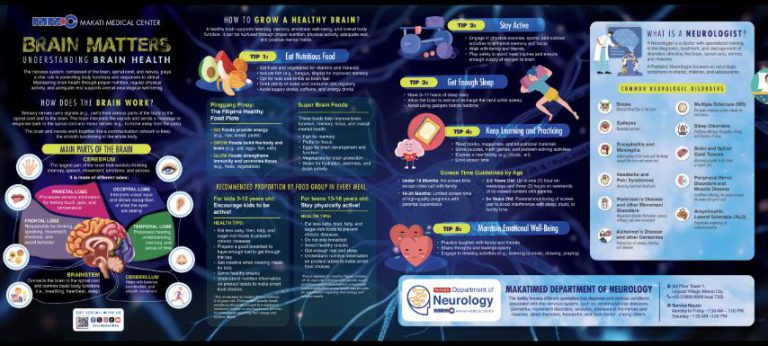When you think about it, every part of the human body is an indicator of a person’s health.
Take hair, for instance. Dull, brittle strands are a consequence of too much blow-drying or the use of products with harsh chemicals. When accompanied by other symptoms, they could also be a sign of hypothyroidism. Premature gray hair is associated with genetics, stress, and trauma. Yet it could also be an effect of vitiligo, anemia, or a B-vitamin deficiency.
And what about thinning hair and hair loss? “Actually, it’s normal to shed 100 to 150 strands in a day,” reveals Makati Medical Center (MakatiMed) Dermatologist Corazon Mella, MD. “But when you wake up in the morning and you see a lot of strands on your pillow, then when you shower and notice a clump of strands in the drain, or when you brush your hair at night and even more strands fall out, then you should be alarmed.”
Why am I losing my hair? There are a number of reasons behind hair loss and one of the most common is androgenic alopecia, says Dr. Mella.
“It’s the kind of alopecia we inherit from either our father’s or mother’s side. It’s related to our exposure to a hormone called dihydrotestosterone,” the doctor explains. Also known as DHT, dihydrotestosterone is an androgen that affects male physiology development, and eventually contributes to hair loss.
The Dermatologist adds that the combined effects of genetics and hormones result in the thinning of hair as we reach our 30s, 40s, and 50s. For men, it shows a receding hairline or the loss of hair in the crown; for women, it is the gradual thinning and widening of the area where they part their hair, creating an inverted Christmas tree pattern.
For patients who have experienced extensive thinning hair or hair loss usually caused by androgenic alopecia, MakatiMed usually suggests hair transplantation as a permanent solution since lifestyle changes or even medications are often insufficient to restore significant hair growth.
Dr. Mella explains that a hair transplant takes hair follicles from the sides and back of a patient’s head (areas that are resistant to hair loss-inducing DHT, which is key to the success of the procedure) and transfers them to the thinning or bald parts of the scalp. In some cases, hair follicles can also be taken from other parts of the body such as the beard, chest, and legs. “Hair transplant redistributes your hair to provide coverage in parts affected by hair loss,” she notes, emphasizing that once a hair follicle is extracted from the donor area, it will not regrow in its original spot.
But will this really work for the long-term? Given that donor hair follicles are autologous and taken from DHT-resistant areas, Dr. Mella assures that the majority of the transplanted hair will most likely regrow, offering a permanent solution to androgenic alopecia.
To ensure success, those who are considering this approach must first undergo lengthy consultation and assessment with their doctor. “Before we push through with the transplant, we check the quality of the scalp and the number of grafts or hair that can be transferred,” shares Dr. Mella, who specializes in hair restoration surgery at MakatiMed. If you do pass the evaluation, expect to see the desired results in about six (6) months.
Dr. Mella adds that hair transplantation is also a procedure that can be performed to restore hair in any part of the body, including the eyebrows and eyelashes.
“Hair follicles can still be taken from the sides and back of a patient’s head, but we first ensure that the thickness of the hair matches the new site for consistency and for natural-looking results,” the doctor reveals.
For Filipinos who like to bring the full life of their crowning glory, know that there’s a broad range of treatments in hair growth that gives them hope. “If you have a family history of androgenic alopecia, it’s best if you get treatments like medications as early as possible,” says Dr. Mella, underlining that they shouldn’t wait for extensive hair loss to start treatments. “But once you lose the opportunity, the definitive treatment is a hair transplant.”
Article based on the DWIZ 882’s Department of Help guesting of Corazon Mella, MD last September 28, 2023.
To know the clinic schedule of Dr. Mella, click here. You may also reach us via MakatiMed On-Call at (+632) 8888 8999 or at [email protected] for assistance.
Follow our social media pages for more health-related content and for the latest updates: https://www.makatimed.net.ph/social-media-pages/











